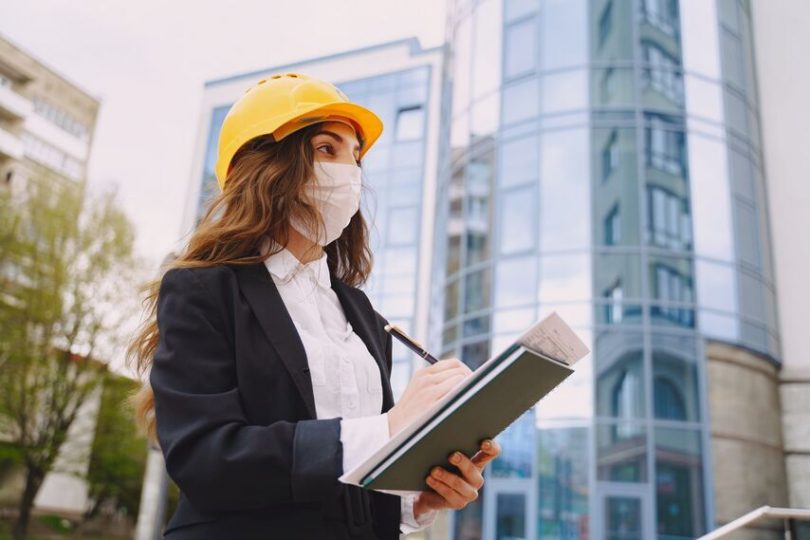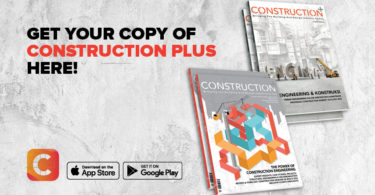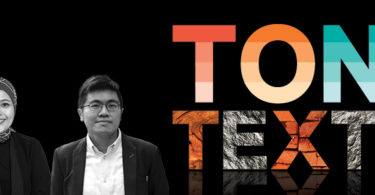By Anisa Pinatih
With the growing awareness on gender equality and diminishing misconception about gender specific roles, more women now wear suits and lead companies but how many wear hard hats and lead projects on-site?
Although women make up a small percentage of the construction industry workers and professionals, this number is likely to rise with more women choosing to work in the industry.
In Singapore, for example, more female engineers have joined the Land Transport Authority’s (LTA) workforce. The total number of LTA’s female engineers per September 2020 was at 24 per cent, a significant increase compared to zero per cent in 2009.
While the trend is increasing, there are a number of steps needed to be made to promote the industry as a career prospect for women.
CREATING A SUPPORTIVE WORKPLACE
More often than not, construction workplaces have yet to improve their policies to be more supportive to female workers; for example, by enforcing a zero-tolerance policy to prevent harassment, allowing for maternity leave and work-share practices, and ensuring no gender pay gaps.
The default design and company culture of most construction companies tend to be more accommodating for men. On-site, for example, amenities are usually designed to facilitate men’s requirements as the industry has inherited a masculine culture for a long time, so female workers and visitors often face logistical challenges.
The same is probably true for construction safety gears, which are often designed for men’s bodies and sizes so they are often unsuitable for women. Procurement of amenities, clothing, equipment and anything that supports women should therefore be part of the plan to make women feel safe and valued; this is to promote the industry to anyone regardless of gender.
PROMOTING DIVERSITY
For many reasons, businesses are becoming more active in their efforts to hire and work with a diverse group of people. Recruitment processes have now, for example, included looking for candidates at universities to get an even cross section of male and female candidates. Construction is no exception and may even be beckoning diversity as the industry has been homogeneous for a long while.
Each construction project is challenging in different ways so there is an increasing need for efficient problem solving and creativity. Diverse groups can avoid the groupthink mentality pitfall because there will be more perspectives, backgrounds and experience levels. When women are involved in the workforce, they increase such diversity so that status quo can be challenged. This will subsequently drive innovation and improve decision-making.
The positive impact is greater when leadership teams are diverse. In other words, promoting talented female workers to a leadership role will forge an inclusivity commitment that will help attract more talented women.
FORMING ASSOCIATIONS
Associations can help women form connections and develop skills, which subsequently assist them in career advancement. On the international level, there are organisations such as the National Association of Women in Construction (NAWIC) and Women in Design and Construction (WIDAC).
In Singapore, the Association of Women in Construction (Singapore) (AWiCS) aims to foster profitability within the built environment sector, as well as make the construction industry more equitable where women can fully participate.
Equal representation in construction workforce is a long way to go but we are heading in that direction. The more diverse and inclusive workplaces are, the more we can alleviate labour shortages and increase bottom lines to bring about more positive impacts.
Disclaimer: Construction+ makes reasonable efforts to present accurate and reliable information on this website, but the information is not intended to provide specific advice about individual legal, business, or other matters, and it is not a substitute for readers’ independent research and evaluation of any issue. If specific legal or other expert advice is required or desired, the services of an appropriate, competent professional should be sought. Construction+ makes no representations of any kind and disclaims all expressed, implied, statutory or other warranties of any kind, including, without limitation, any warranties of accuracy and timeliness of the measures and regulations; and the completeness of the projects mentioned in the articles. All measures, regulations and projects are accurate as of the date of publication; for further information, please refer to the sources cited.
Hyperlinks are not endorsements: Construction+ is in the business of promoting the interests of its readers as a whole and does not promote or endorse references to specific products, services or third-party content providers; nor are such links or references any indication that Construction+ has received specific authorisation to provide these links or references. Rather, the links on this website to other sites are provided solely to acknowledge them as content sources and as a convenient resource to readers of Construction+.











